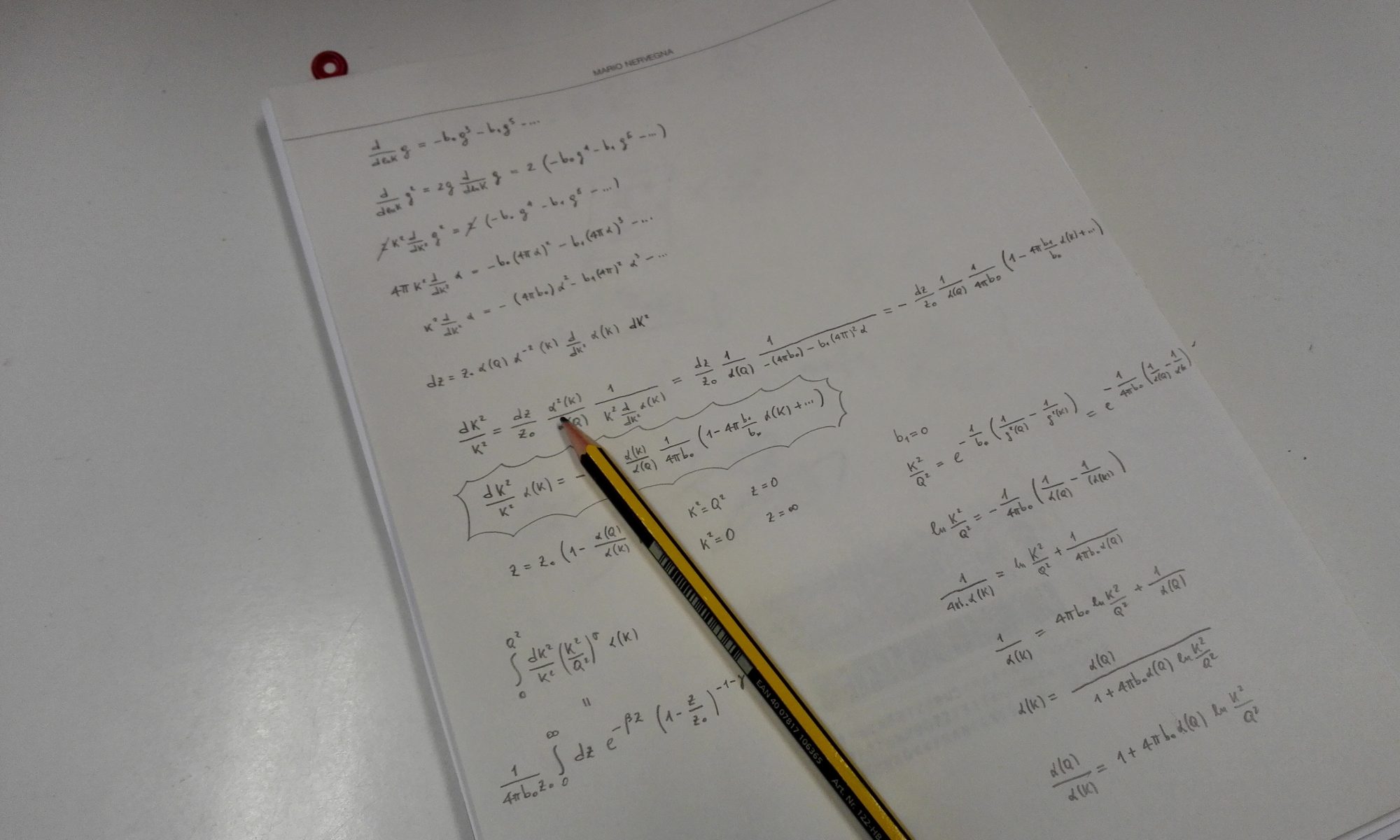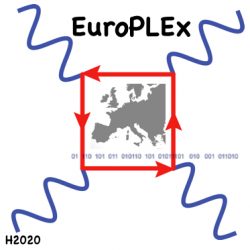Our objective is devising new ideas and algorithms enabling enhanced precision in lattice QCD computations.
It is well known that in lattice QCD, the era of precision physics has begun. However, many successful techniques (e.g. recursive finite size scaling, finite volume renormalization schemes, non-perturbative renormalization and O(a) improvement) developed over the last 10-20 years will have to be upgraded or improved. The goal is to achieve sub-percent precision on many QCD observables, foremost the strong coupling and the quark masses, but also some of the hadronic matrix elements required for flavour physics and the CKM triangle analysis. Technical improvements are very likely to involve the gradient flow both for gauge and quark fields. This requires ways for systematically eliminating the observed large cutoff effects and open the perspective for the gradient flow to be employed as a precision tool in many long-standing renormalization problems. This problem will be thoroughly investigated in finite volumes, both non-perturbatively and in perturbation theory using numerical stochastic perturbation theory (NSPT).
Furthermore, aiming for sub-percent precision in Standard Model predictions, it is no longer possible to neglect electromagnetic effects. However their inclusion poses a number of new conceptual and practical problems that will have to be addressed. A consistent formulation of QED in a finite volume is now available in the form of C* boundary conditions (fields are periodic up to charge conjugation) and its study in combination with lattice QCD will be another major network activity.

